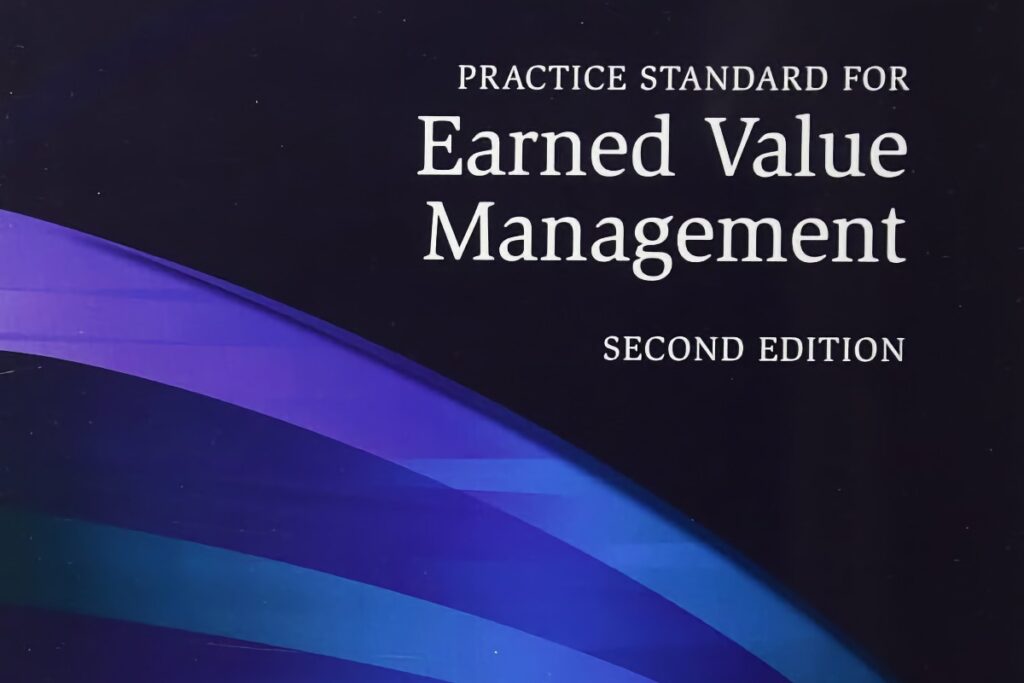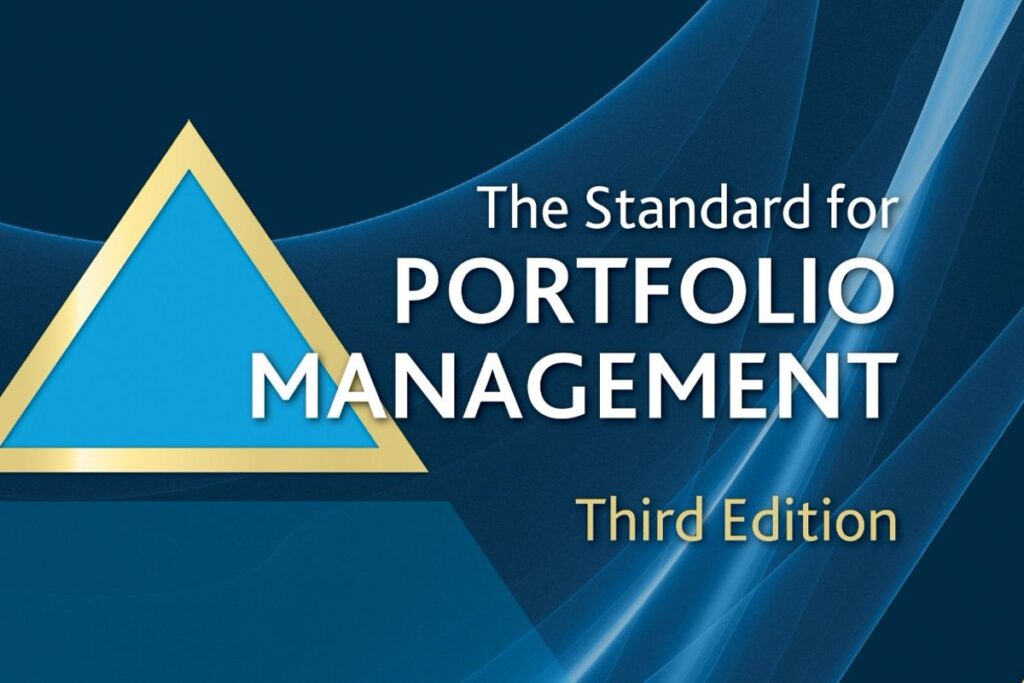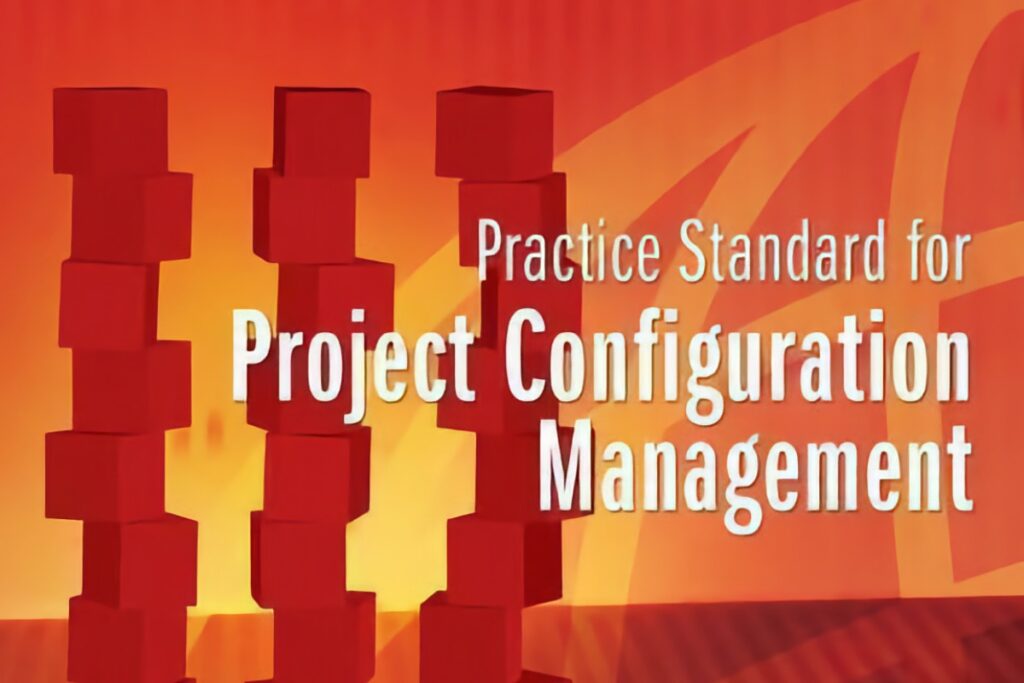In complex project environments where performance must be measured, budgets must be controlled, and value must be quantified, few tools offer as much structure as Earned Value Management (EVM). Recognizing its importance, the Project Management Institute (PMI) developed The Standard for Earned Value Management, currently in its Second Edition (published in 2019), to establish a consistent and integrated approach to planning, monitoring, and controlling project performance.
This standard serves as both a technical guide and a strategic tool, helping organizations move from simple cost tracking to true performance-based forecasting.
What Is Earned Value Management?
EVM is a quantitative method for measuring project performance by integrating:
- Scope
- Time
- Cost
It compares planned work with completed work to determine whether cost and schedule performance are on track. Unlike traditional reporting, EVM answers critical questions:
- Are we ahead or behind schedule?
- Are we over or under budget?
- What is the likely final cost?
It introduces key performance indicators like:
- Planned Value (PV)
- Earned Value (EV)
- Actual Cost (AC)
- Cost Performance Index (CPI)
- Schedule Performance Index (SPI)
- Estimate at Completion (EAC)
Structure of the Standard
The standard is designed to be framework-agnostic, applying to predictive, hybrid, and even agile projects when appropriately tailored.
It outlines five major components:
- EVM Principles
- Establishes core tenets such as integrated planning, objective measurement, and performance-based forecasting.
- Work Breakdown Structure (WBS) Integration
- Shows how WBS elements map to control accounts, scope packages, and measurable deliverables.
- Baseline Planning
- Covers the creation of time-phased budgets and scheduling tools (Performance Measurement Baseline or PMB).
- Performance Measurement and Reporting
- Offers standard formulas and guidance on interpreting CPI, SPI, and variance analysis.
- Forecasting and Control
- Guides how to calculate estimates at completion, trend-based forecasts, and corrective action strategies.
Key Strengths
✅ Integrated View of Project Health
EVM enables true performance insight by merging scope, cost, and time data into a unified tracking system.
✅ Standardized Metrics and Definitions
PMI’s guide ensures terminological clarity and consistent use of formulas, which is crucial for communication across teams and stakeholders.
✅ Support for Government and Large-Scale Projects
EVM is often mandated by public sector agencies and defense contracts. PMI’s standard aligns with ANSI/EIA-748, the industry benchmark for EVM compliance.
✅ Improved Forecasting Capabilities
By projecting future performance based on current trends, EVM helps stakeholders anticipate challenges before they become critical.
✅ Supports Risk-Adjusted Planning
EVM complements risk management by allowing managers to track how risk events affect cost and schedule baselines over time.
Limitations and Challenges
❌ Complexity for Small Projects
For projects with limited budgets or short timelines, EVM may be seen as overly complicated or resource-intensive.
❌ Learning Curve
Teams unfamiliar with baseline budgeting, control accounts, or performance indices may find EVM difficult to implement without training.
❌ Data Quality Dependency
EVM outputs are only as good as the inputs—poor estimation or weak tracking systems can distort performance indicators.
❌ Less Adaptive to Agile Projects
While EVM can be adapted to agile settings, the standard leans heavily toward predictive planning environments.
Ideal Use Cases
The EVM standard is ideal for:
- Large capital and infrastructure projects
- Government or defense contracts
- PMOs looking to enforce cost and schedule control
- Multi-year programs with complex stakeholder environments
- Organizations pursuing CMMI or ANSI/EIA-748 compliance
Less suitable for:
- Startups or small teams with rapid iteration cycles
- Fully agile product development, unless tailored via hybrid models
EVM in Action: An Example
Let’s say a project is 50% complete:
- Planned Value (PV): $500,000
- Earned Value (EV): $400,000
- Actual Cost (AC): $450,000
From this:
- CPI = EV / AC = 0.89 → The project is over budget.
- SPI = EV / PV = 0.80 → The project is behind schedule.
Using EVM metrics, project leadership can proactively:
- Reallocate resources
- Adjust delivery forecasts
- Communicate performance trends to stakeholders with clarity
Comparison to PMBOK EVM Coverage
| Area | PMBOK (6th Edition) | EVM Standard |
|---|---|---|
| Scope | Summary-level | Detailed and exhaustive |
| Focus | High-level formulas | End-to-end process guidance |
| Use Cases | General reference | Implementation-ready |
| Best for | PM knowledge | EVM deployment and audit |
Conclusion
The Standard for Earned Value Management is PMI’s definitive guide to measuring, interpreting, and responding to project performance data. It transforms raw cost and schedule figures into actionable insights and provides the tools to forecast, communicate, and course-correct.
For organizations managing high-stakes projects or regulated programs, this standard is not just useful—it’s essential. It enforces discipline, enables early detection of performance issues, and supports data-driven leadership.
While it may require a learning investment, the return is clear: better control, improved forecasting, and more successful project delivery.




